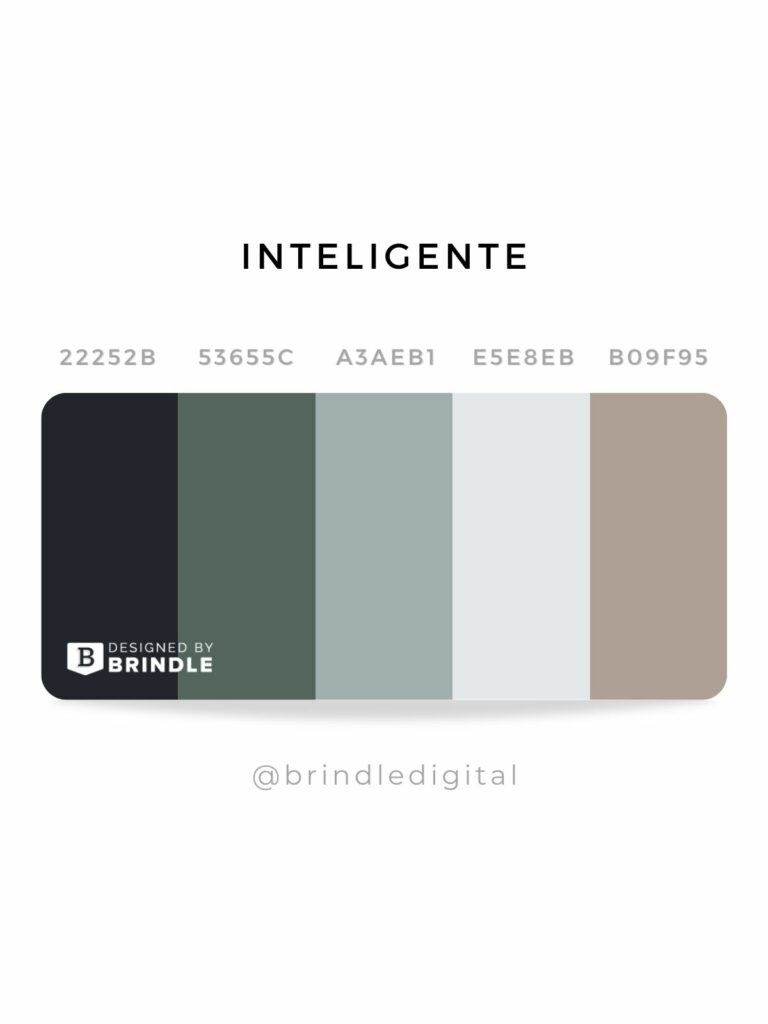News Blast: Your Daily Update
Stay informed with the latest news and trends.
Color Conversations: Crafting the Perfect Palette for Your Site
Unlock the secrets of stunning web design! Discover how to craft the perfect color palette for your site and captivate your audience.
The Psychology of Color: How to Choose the Right Palette for Your Website
The psychology of color plays a crucial role in web design, influencing user behavior and emotional responses to a website. Different colors evoke specific feelings and associations; for example, blue often conveys trust and professionalism, while red can evoke excitement or urgency. When choosing a color palette, it is essential to consider your target audience and the message you want to communicate. A well-thought-out color scheme not only enhances the visual appeal of your site but also reinforces brand identity and improves user engagement.
When selecting the right palette for your website, it's important to keep in mind the three primary color principles: contrast, harmony, and context.
- Contrast: Ensure that there is sufficient contrast between text and background colors for readability.
- Harmony: Choose colors that complement each other to create a cohesive look.
- Context: Consider the cultural associations of colors, as they may differ across different demographics.

Top 10 Color Schemes That Enhance User Experience
Choosing the right color scheme is crucial for enhancing user experience on your website. A well-thought-out color scheme can not only make your site more visually appealing but also improve user engagement and retention. Here are 10 color schemes that have proven to enhance user experience:
- Monochromatic: Utilizing varying shades of a single color can create a cohesive and calming look.
- Complementary: Pairs colors from opposite sides of the color wheel for a vibrant and energetic feel.
- Analogous: Combining colors that are next to each other on the wheel provides harmony and comfort.
- Triadic: Featuring three colors that are evenly spaced on the color wheel offers a balanced yet lively appearance.
- Pastel: Soft, muted colors can evoke feelings of tranquility and ease.
- Dark Mode: Using dark backgrounds with light text can reduce eye strain and improve readability.
- Earth Tones: Incorporating natural colors can create a grounding and organic atmosphere.
- Bright & Bold: Vibrant colors grab attention and can infuse energy into your design.
- Neutrals with Accents: Neutral palettes accented with brighter hues create a sophisticated and modern look.
- Gradient: Smooth transitions between colors can add depth and a contemporary feel to your site.
What Colors Work Best for Your Brand? A Guide to Crafting Your Site's Palette
Choosing the right colors for your brand is crucial, as they can significantly influence how your audience perceives your business. The psychology of color suggests that different hues evoke specific emotions and reactions. For instance, blue is often associated with trust and reliability, making it a popular choice for financial institutions. In contrast, red can evoke feelings of excitement and urgency, which is why many sales promotions utilize this vibrant color. To craft an effective site palette, consider the following color associations:
- Blue: Trust, dependability
- Green: Growth, health
- Yellow: Optimism, warmth
- Purple: Creativity, luxury
Once you've identified the emotional tone you want to convey, it's essential to create a cohesive color scheme that reflects your brand's identity. A well-crafted palette typically consists of three main colors: a dominant color, a secondary color, and an accent color. The dominant color sets the primary visual tone of your site, while the secondary color can complement it in various elements such as backgrounds or buttons. Finally, the accent color allows you to highlight specific calls to action. Remember to test your combinations to ensure they are visually appealing and accessible, as well as to maintain consistency across all marketing materials. By thoughtfully selecting your site's colors, you can enhance user experience and strengthen your brand's recognition.